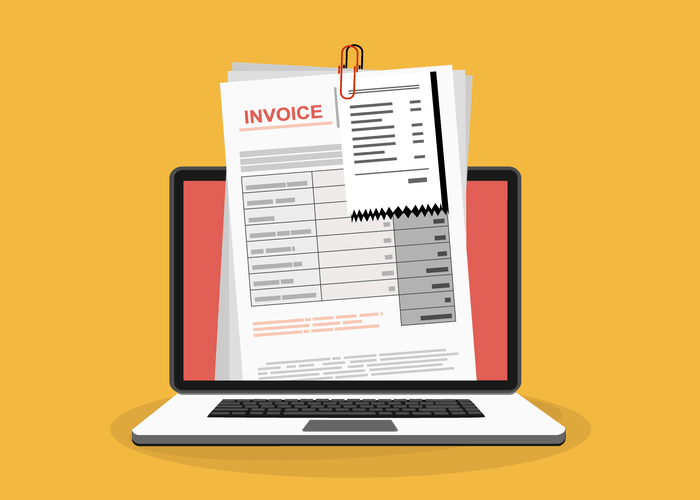Evaluating CVP relationships equips decision-makers with the tools to navigate pricing decisions, production levels, and resource allocation effectively. Remember, it’s not just about crunching numbers; it’s about optimizing the delicate balance between costs, volumes, and profits. This demand results in overall production costs of $7.5 million to produce 15,000 units in that year.
Real-World Examples of Incremental Cost Analysis
Producing beyond this point would mean spending more on production than the revenue generated from sales, while producing less would mean missing out on profits. For instance, if a factory produces 100 widgets at a total cost of $1,000—and producing 101 widgets costs $1,009 in total—the marginal cost of that one extra widget is $9. Understanding marginal cost is crucial for businesses to maximize their profits and efficiently allocate their resources. When it comes to analyzing the costs of a project or a business, incremental cost plays a crucial role. It helps in determining the cost of taking a specific action or making a change.
Examples of Incremental Cost in Business
It considers both direct and indirect costs, allowing decision-makers to have a comprehensive understanding of the financial implications. This holistic approach helps in identifying hidden costs and potential savings, leading to more accurate decision-making. Incremental analysis provides a structured framework for decision-making. By focusing on the changes brought about by a specific choice, managers can evaluate options objectively. Whether it’s a small operational decision or a major strategic move, incremental analysis helps navigate the complexities of business with clarity and precision.
Incremental Cost: Definition, How to Calculate, and Examples
You should only list costs that Accounting for Marketing Agencies change that are relevant or affected by changes in production. Let us assume you are in the shirt manufacturing business and spend $100,000 to make 10,000 shirts. Now, let’s say you are considering expanding your production capacity for maximum raw materials, labor, and location utilization.
A Beginner’s Guide to Effective WhatsApp Marketing in 2024
It is for this reason that the PHS Task Force recommended that cost-effectiveness studies use the Quality-Adjusted Life Year (QALY) as the outcome measure. The QALY reflects both the quantity and the quality of life (Torrance & Feeny, 1989). It is the most widespread method of measuring the value of incremental cost providing a healthcare intervention. When the more effective innovation is more costly, strong dominance provides no guidance.
- Moreover, incremental cost analysis provides valuable insights from different viewpoints.
- Context matters, and decision makers must weigh trade-offs based on their unique circumstances.
- Remember that context matters, and a holistic view of costs and benefits ensures better decision-making.
- However, incremental cost refers to the additional cost related to the decision to increase output.
- Before we dive into the examples, let’s briefly recap what incremental costs are.
- Sunk cost is a cost that has already been spent and has no role in decision-making for the future.
Calculating incremental cost is a crucial aspect when it comes to decision making in various industries. It allows businesses to assess the impact of a specific action or decision on their overall costs and profitability. By understanding the incremental cost, organizations can make informed choices that optimize their resources and maximize their financial outcomes. Before we dive into the examples, let’s briefly recap what incremental costs are. Incremental costs, also known as marginal net sales costs, represent the additional expenses incurred when a company makes a specific decision or takes a particular action. These costs are directly related to the change being considered and are contrasted with sunk costs, which are already incurred and cannot be recovered.





